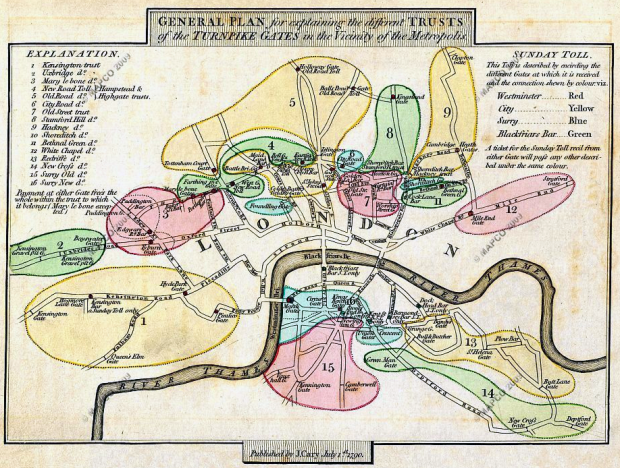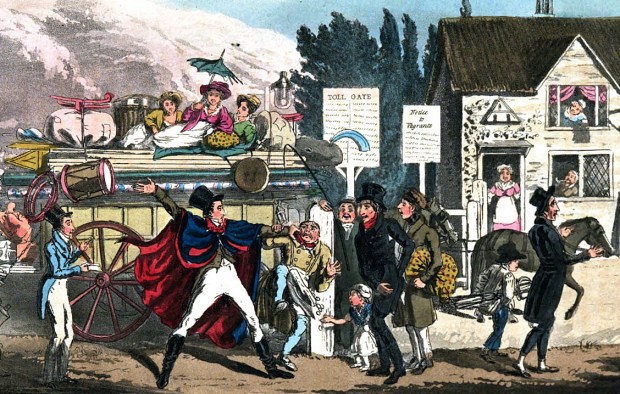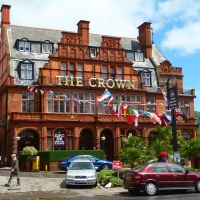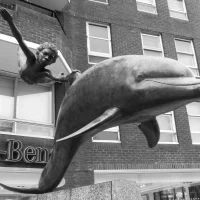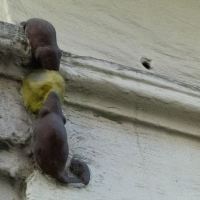Early Road Pricing: London’s Lost Turnpikes
Since 2003, the road network of central London has been subject to the ‘Congestion Charge’; a £10 fee which drivers must cough up if they wish to brave the capital’s chaotic streets (thankfully, as a London cabbie, my taxi is mercifully exempt from the charge).
The idea of making people pay to use London’s roads is far from new.
Between the 17th and 19th centuries, the capital operated an extensive system of toll gates known as ‘turnpikes’ which were responsible for monitoring horse-drawn traffic and imposing substantial charges upon any traveller wishing to make use of the route ahead.
Just like today, certain lucky users were exempt from the charge- namely mail coaches, soldiers, funeral processions, parsons on parish business, prison carts and of course, members of the royal family.
Although the turnpikes were originally intended to fund the upkeep of London’s roads, they were subject to considerable corruption.
Over-charging was commonplace with scrupulous gate owners often more interested in lining their own pockets rather than ploughing the cash back into maintenance.

The former toll-keeper’s house (on right) at Hampstead turnpike, opposite the Spaniards Inn. Although long decommissioned, the former turnpike lives on in the narrow road which still forces drivers to slow down! (Image: Google)
Each turnpike was staffed by a lone toll-keeper, who was provided with a small cottage on site. The job was a tough one; the keeper expected to be on 24 hour duty for very little pay.
At night, toll-keepers were also easy-prey for robbers and highwaymen.
In London, the busiest turnpikes were at Tyburn (the site famous for public executions, now known as Marble Arch), Hyde Park, Tottenham Court Road, Elephant and Castle and Mile End Road. Just like today, these were important roads and junctions and the requirement for all traffic to filter through the turnpike gates often resulted in frustrating jams.
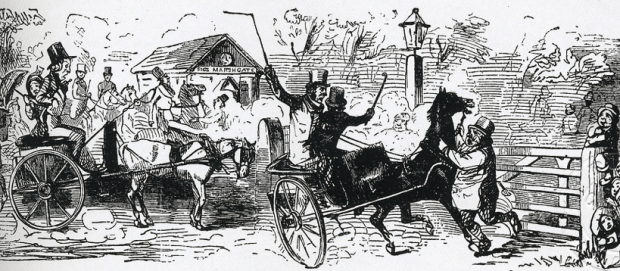
A scene depicting traffic chaos at a turnpike as race-goers return to London from Epsom (image by Mark Searle).
By the mid-19th century, the turnpikes were losing much business to the rapidly expanding rail network.
Consequently, the toll system was abolished in 1864 by the Metropolitan Turnpike Act. The last major gate to close was the Mile End turnpike which ceased collecting money in 1866.
Today, the names of London’s former gates live on in the names of streets such as Notting Hill Gate and Turnpike Lane.
Despite the 1864 act, toll gates in London haven’t died out completely.
Until fairly recently, on South Hill Drive in South Harrow, a toll gate was in operation just a stone’s throw away from the Piccadilly Line. The South Harrow charge is no longer enforced, although the gate remains firmly in place.
Today, London’s only active toll gate can be found on College Road in Dulwich which, for the price of £1, permits car owners to take a pleasant drive between Dulwich Common and Crystal Palace Parade.
A gallery of images depicting a number of London’s now long lost turnpikes can be viewed below- please click on the pictures to learn more.

